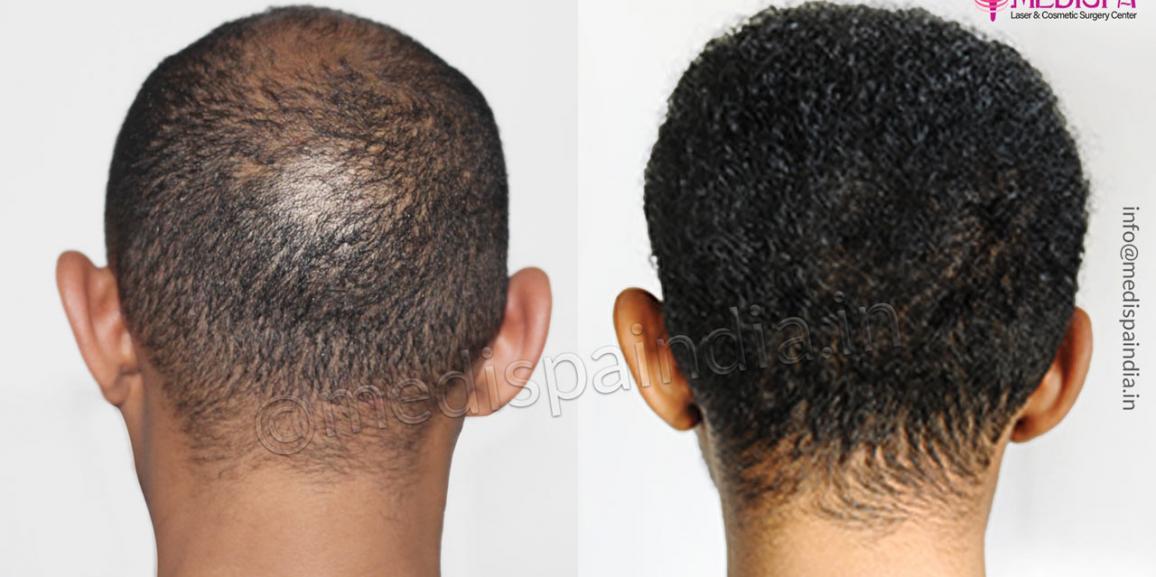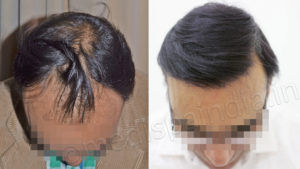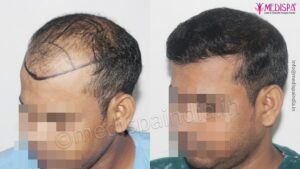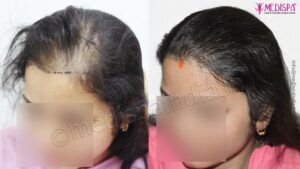
Hyderabad is the de facto capital of Andhra Pradesh and the largest city in the Indian state of Telangana. Hyderabad is ranked as India’s fourth-most populous city by the 2011 census.
Due to the worsening climate and rising daily stress, hair loss is becoming more common in Hyderabad. Since a few decades ago, hair transplant in Hyderabad has grown in popularity, and more and more individuals are choosing it as a solution for their hair loss problems.
In Hyderabad, there are many clinics offering hair transplants, but just a handful of them offer more complex procedures. Hyderabad is undoubtedly not one of the top destinations for a thriving hair transplant sector, though. Delhi and Jaipur have taken the top two spots on the list of popular tourist destinations for hair transplants.
The hair transplant cost in Hyderabad is reasonable, but what draws people from Hyderabad to fly to Delhi and Jaipur for a hair transplant is the guarantee of success and the stunning outcomes in these cities.
Word of mouth spread more quickly than online recommendations, and Medispa hair transplant clinics all throughout India have demonstrated their superiority by providing thousands of patients with remarkable hair transplants in various regions of the nation. We anticipate the love and trust that our grateful patients have shown us as our source of inspiration to improve with each instance.
Our mission statement is to consistently produce the exceptional rather than just the satisfactory. Therefore, schedule a consultation with the most promising clinic in India: Medispa hair transplant clinic, if you’re seeking for a reliable location for an amazing hair transplant.
How hair transplant delivers permanent results?
Although the pattern of hair loss differs between men and women, it always affects the frontal or vertex region of the scalp. The presence of androgen sensitive hair follicles in certain places is the cause of the ongoing pattern of hair loss. These DHT- or androgen-sensitive hair follicles have receptors on their surface that become oversensitive to androgen. The sensitivity to hormones causes the hair follicles to gradually thin out—a process known as miniaturization—and eventually shed off, which results in hair loss. Contrary to hair follicles on the sides and back of the head, which are androgen resistant because they lack surface receptors and are able to withstand the effects of androgen hormone, confirming their permanent nature.
Although the pattern of hair loss differs between men and women, it always affects the frontal or vertex region of the scalp. The follicles, not the scalp, contain the genetic makeup of the hairs. As a result, these androgen insensitive hair follicles acquire the same property and persist forever wherever they are moved. The fundamental idea underlying what makes hair transplant outcomes permanent is this. The hair follicles, which are androgen insensitive and provide permanent results, are essentially removed from the side and back of the head.
How one can be assured of permanent results?
Here is a list of a few things that could help you get closer to having permanent hair transplant outcomes that seem natural:
- Selecting the ideal surgeon: It is imperative to check the surgeon’s credentials because training and experience are two key components of successful outcomes. Choose a licenced and board-certified hair transplant surgeon whenever possible. You may simply access the reviews and photo gallery of former patients, which will give you a sense of the surgeon’s level of experience. Additionally, as teamwork is essential to the success of hair transplants, you should evaluate the experience of the supporting staff.
- Method of treatment: Choosing the right approach based on the needs of the patients requires careful consideration and the application of knowledge in the real world. The approach selected depends on the patient’s age and gender, the degree of baldness, the number of grafts needed to cover the baldness, and the kind and amount of hair in the donor location.
Each procedure demands extreme dexterity and should only be used sparingly by skilled surgeons. The FUT technique is more complex and requires more experience, yet it has many more advantages over FUE. Although FUE hair transplantation is straightforward, it demands accuracy and is technique-sensitive because failure to do so could result in overharvesting of follicular grafts or higher hair follicle damage rate.
- Post-transplant care: In addition to the efforts of a qualified surgeon, the patient must work diligently. For outcomes to be permanent, post-transplant protocols should be rigorously followed. The post-transplant treatment is followed for no more than 10 days because this surgery is less invasive.
- Equipment utilized: Innovation and technology are employed to improve results in every discipline, including hair transplant surgery. It is essential to choose a clinic with cutting-edge equipment of the highest calibre and that performs each stage under strong magnification.





